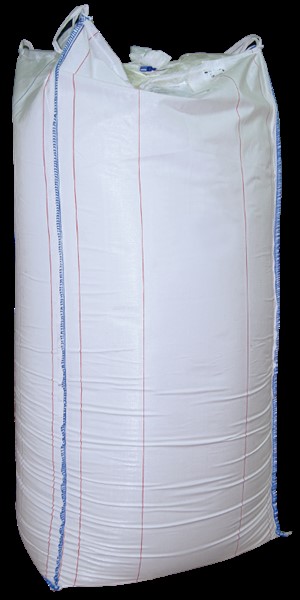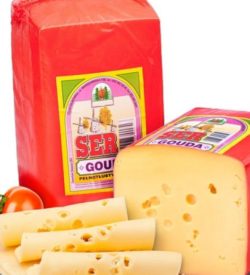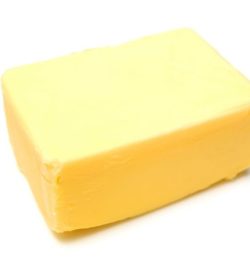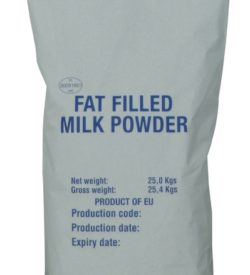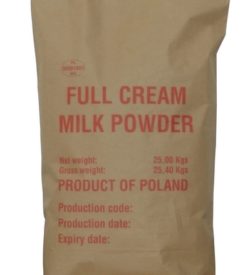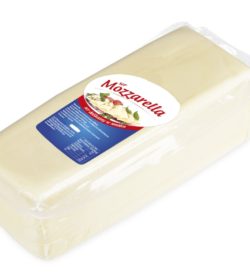Whey Protein Concentrate (WPC)
Description
Whey Protein Concentrates (WPC) are products obtained by drying whey from which the nonprotein constituents like water, minerals and lactose have been removed.
We offer following types of WPC
WPC35
WPC50
WPC65
WPC80
WPC80 instant
Typical Composition of Whey Protein Concentrates
Crude Protein: 34-80%, True Protein: 29.7-75.0%, Lactose: 3.5-46.5%, Fat: 2.1-7.2%, Ash: 3.1-7.8%, Lactic Acid: 1.2-2.8%, Moisture: 4.0-4.6%. WPC powders should be exempt of Salmonella, Listeria, coagulase-positive Staphylococcus and show a maximum Standard Plate Count of 50,000 colony-forming units/gram (CFU/g) and less than 10 Coliform CFU/g. Whey Protein Concentrates are not genetically modified and don’t contain genetically modified ingredients. They don’t need any special labeling.
Applications
WPC35 powders are commonly used as a replacement for skimmed milk, a stabilizer and fat mimetic in yogurt, bakery mixes, dietetic foods, infant foods, and confections. Its water-binding properties, fat-like mouthfeel, and gelation properties are of particular benefit when used in these further processed products.
WPC50, WPC65 or WPC80 are especially suited for use in nutritional drinks, soups, bakery products, meat, dietetic foods, low-fat products and protein-fortified beverages. They are especially noted for their ability to completely dissolve in a wide range of pH conditions.
Packaging
25kg multilayer Kraft paper bags and 500-1,000 kg Big Bags. Private label and custom packaging are available upon request.
Shelf life
24 months from the date of production.
Storage
Whey Protein Concentrates should be stored and shipped in a cool, dry environment with temperatures below 20°C and relative humidity below 65%.
Additional information
| Allergen Declaration | with reference to Directive 2000/13/WE |
|---|---|
| GMO Declaration | With reference to the following legal acts: 1. Act on 22 June 2001 about genetically modified organisms, Corpus Nr 76 item 811 with later changes 2. European Parliament Directive and Council of Europe 2001/18/EC on 12 March 2001 annulling Council 3. European Parliament Regulation and Council Nr 1829/2003 on 15 July 2003 about genetically modified food and feed. 4. European Parliament Regulation and Council Nr 1830/2003 on 22 September 2003 about identification and labeling genetically modified organisms and identification of food and feed products manufactured from genetically modified organisms, changing Directive 2001/18/WE |

